Body Armor
Scaled armor has existed since ancient times. For example, in the VII – III century B.C.E. the Scythians made scaled armor using bronze, iron, bones or thick leather. It is composed of small scales attached to a base material such as leather or cloth. The scales were typically in the shape of slightly elongated fish
Lamellar armor originally came from the East and was primarily used in Eastern Europe. In Scandinavia, lamellar armor was widespread from the Viking Age (793 – 1066) until the second half of the 14th century. Our set of Lamellar Armor with Shoulders includes torso protection and a pair of pauldrons. It is made from metal
Lamellar armor was not as popular as mail in the Early Middle Ages. It is a common misconception that use of lamellar armor was restricted to the nomadic tribes of the Middle East. However, some archaeological findings (Birka, Gotland, Sweden) furnish proof that this kind of armor was used in Scandinavian regions. According to historical
This Brigandine skirt was made from 1.5mm mild steel. Covered with red wool. It has two rows of leather straps on the sides. You can regulate the comfortable fit. Overlapping articulated steel lames. The thick leather top with holes so you can fix brigandine skirt on the gambeson. Brigandine skirt is an addition to your
The ruin of the fortress of Chalcis (Greek “Χαλκίδα”) is located on the Greek island of Euboea. In 1157 it was pillaged by Normans. Beginning in 1209 the fortress became a Venetian colony, renamed Negroponte, and was one of the easternmost military outposts of the Venetian Empire. In 1470, after a couple of years of hard
Our Bamberg Brigandine is a stylization of knight armor from the wood carving figure from the Bamberg Cathedral, Bamberg, Bavaria, Germany, c.1370. Source: Charles Boutell “Monumental Brasses and Slabs: An Historical And Descriptive Notice Of The Incised Monumental Memorials Of The Middle Ages” (1847). Approximately from 1360 some of the early brigandines – lentner –
Medieval breastplate armor with a decorative V-shaped rib Churburg Castle offers a lot of excellent examples of the finest medieval armor. It was founded in 1253-1259 by Henry de Montfort, who was a bishop of Chur. The name of the castle comes from the name of rank of this medieval noble. The castle is located
A brigandine was typically made of small plates of steel. However, this proved to be a problem as small plates were less able to take a heavy impact than larger ones. Accordingly, the plates were enlarged over time and were made to be a better anatomical fit. A characteristic feature of big-plate brigandines was a
A brigandine was typically made of small plates of steel. However, this proved to be a problem as small plates were less able to take a heavy impact than larger ones. Accordingly, the plates were enlarged over time and were made to be a better anatomical fit. A characteristic feature of big-plate brigandines was a
Beginning in approximately 1360 lentner armor (a type of armor constructed mainly with leather and a precursor to the brigandine) began to be reinforced by steel plates. This basic armor consisted of steel plates which were riveted or sewn to the base material. Over time, the plates that protect the chest and back became bigger.
The brigandine was naturally developed from early coats of plate, a reinforced surcoat from the XIII century. One of the rare examples of this early armor type can be seen on the statue of St. Maurice in Magdeburg Cathedral (1240). St. Maurice is depicted dressed in chainmail and a surcoat. There are two rows of
The word “brigandine” first appeared in Italy in the second part of the XIV century. For example, in the archive of Francesco Datini from Prato, there’s a description from the year 1367 with notes about a “Corazzine Brigandine”. In Medieval England, the word “brigandine” was used for the first time in 1397 in a description
Body Armour: History, Types, and Advantages
As soon the first person picked up a weapon, another person decided to protect his body from that weapon using armor. The history of custom-made body armor dates back centuries. Initially, people used fabric that was woven with threads and stuffed with felt or batting as well as just roughly dressed leather. This type of armor was dubbed “quilted armor”.
Show more...
Naturally, one cannot expect quilted armor to protect one very well because weapon strikes are still quite damaging. Therefore, the warriors began to add steel rings on top of their quilted armor. These rings ranged from 3 to 8, and sometimes up to 15 centimeters in diameter. Then, blacksmiths learned to planish metal bars into small plates. The size of these metal plates was typically from 3 x 3 cm up to 15 x 15 cm. This advancement in the art of blacksmithing initiated the era of custom-made brigandine armor, leather armor with metal plates, and lamellar armor.
Though serving the same purpose, each type had its own basis for construction. Leather armor with plates was just that – leather protective gear with small steel plates sown on. In brigandine armor, the metal plates are fastened to the base (leather or fabric) with rivets. Lamellar armor is assembled from small plates held together with leather laces.
On our website you can find a wide selection of brigandine armour as well as lamellar armour. Both HMB and IMCF allow using both types of body armour, so we will be happy to create a tailor-made costume for you with lamellar armour or brigandine piece for you.
As the blacksmith’s craft developed, the masters started making armor covered large sections of the body with solid metal plates. This is how white armor came to be. Why white? This type of armor was called white because the metal wasn’t covered with leather or fabric, but was polished, giving it a light white color. As a result, custom-made cuirasses of various types appeared.
The infantry and poor knights could only afford a steel breastplate. This type of body armour differs in that the back remains open, expecting that the wearer doesn’t turn his back to the enemy during the battle. The lack of back protection helps to cut some costs on costume-made body armour as well as reduce the overall weight of the body armour.
Naturally, open areas of the body are potentially vulnerable to the enemy, but practically all of the knight’s body was covered by metal plates that overlapped one another in one way or another. This virtually eliminated injuries and guaranteed the owner’s safety on the battlefield.
There is a story about a king who was attacked by the enemy’s army and thrown off his horse. Because he was completely covered with metal plates that remained intact, his warriors were able to get to him and fight off the enemies. The king ended up uninjured despite the numerous blows with different kinds of weapons.
Examining pieces in museums, we can note that the thickness of the majority of armor ranges from 0.8 to 1.5mm. Samples up to 4mm thick are encountered too, but those are rare, isolated cases and generally, were relegated to tournament armor. In modern historical fencing and other combat sports derived from medieval practices, we must choose the right balance between convenience and protection, between thickness and comfort.
Before you purchase your body armor, you need to decide its purpose – is it primarily for dueling or buhurt? For dueling, you can use less thick materials. However, for buhurt, you need an increased thickness or you need to use titanium or hardened steel. You can read about how best to select the thickness and material of your armor here. With proper physical training, you can even use heavy armor during duels.
The most famous army that actively used body armor was that of the Roman Empire. Of course, these soldiers wore armor that was relevant for that time and matched the military tasks of that period. Rome’s foes possessed neither weapons nor armor that could withstand Roman equipment, which was the reason Rome was able to conquer half of the (at the time) known world. It was due to defensive armor that Romans had the advantage on the battlefield.
Therefore, when you’re choosing any chest plate armor (also known a breastplate), you’re not choosing just another brigandine or custom made cuirass. You’re choosing a winner’s path. Like the ancient Romans, you’re making a choice to win the duel or buhurt.
Forge of Svan has extensive experience in manufacturing a variety of chest armor and we have won the trust of HMB and IMCF fighters from all over the world. We also have a 100% guarantee on our equipment.
So, don’t delay, order your chest armor from us see why we are the number one forge worldwide when it comes to making chest armor for full-contact battles.
less..

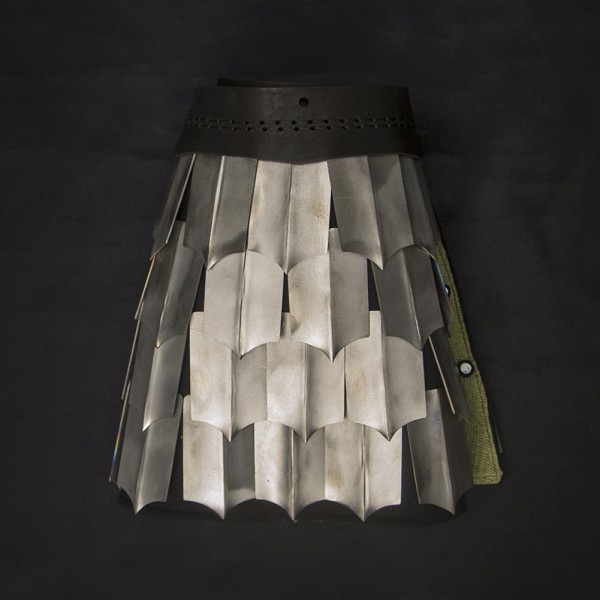
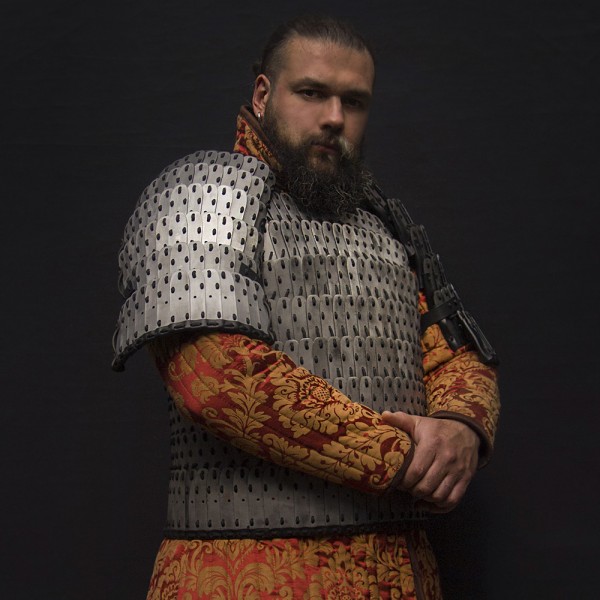
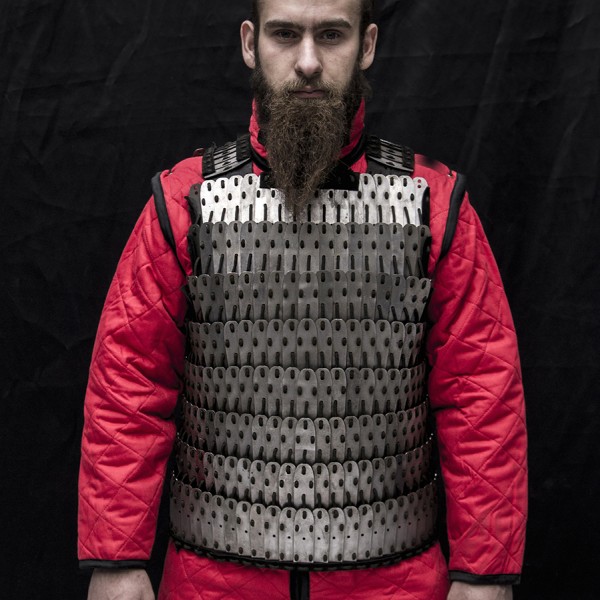
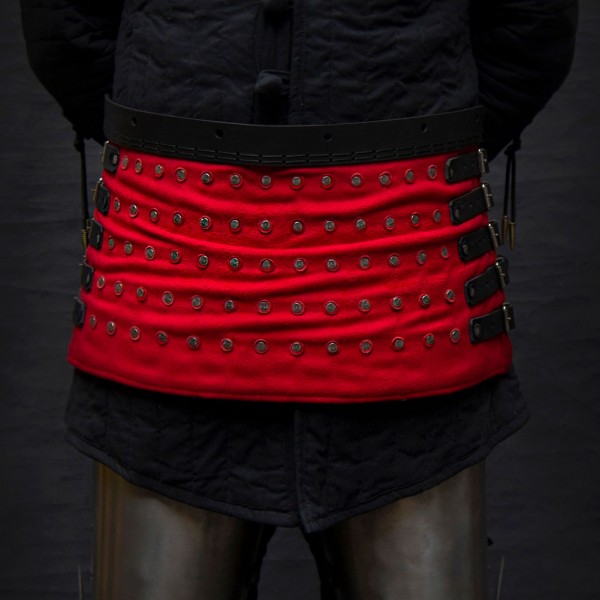
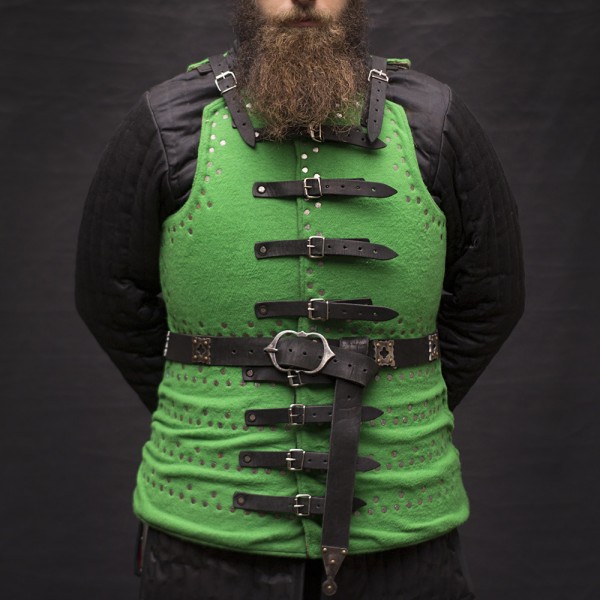
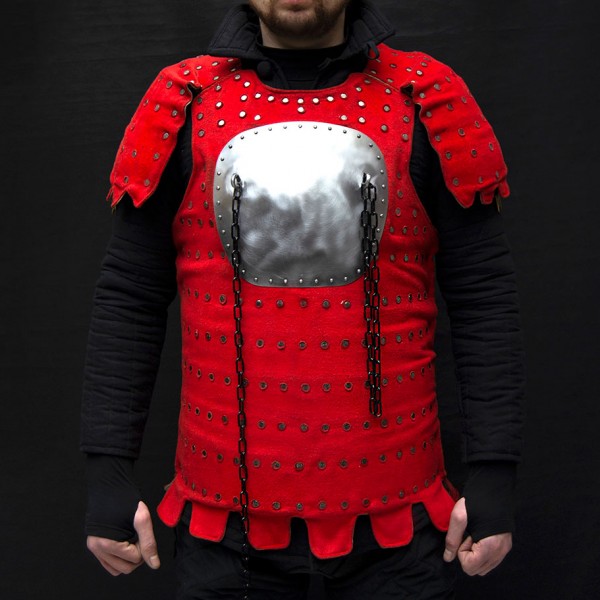
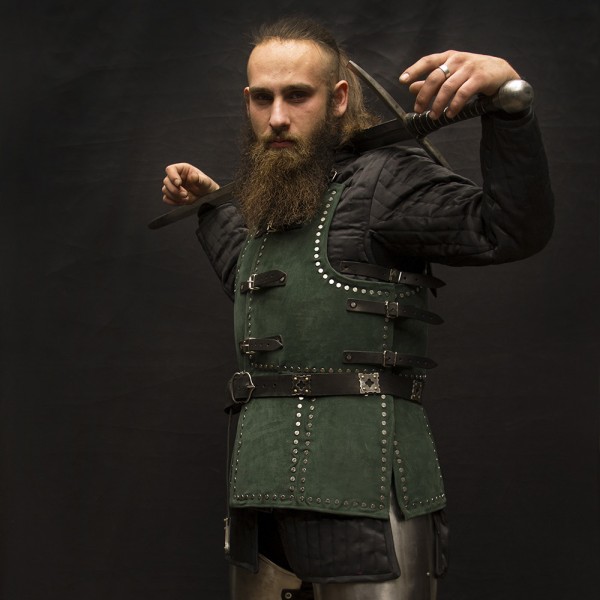
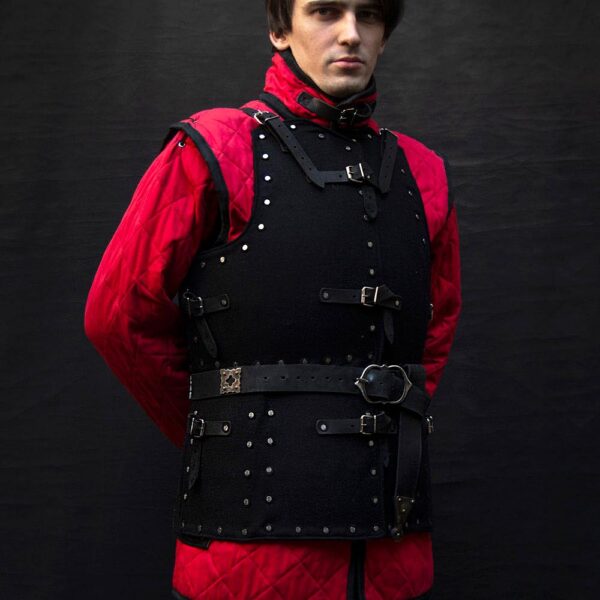
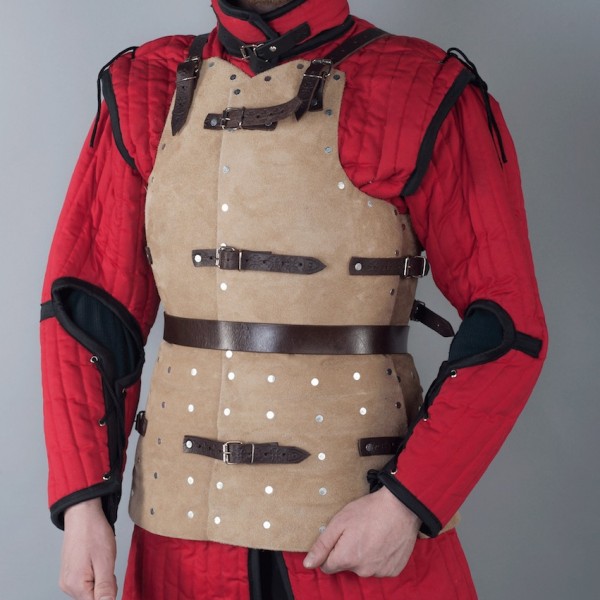

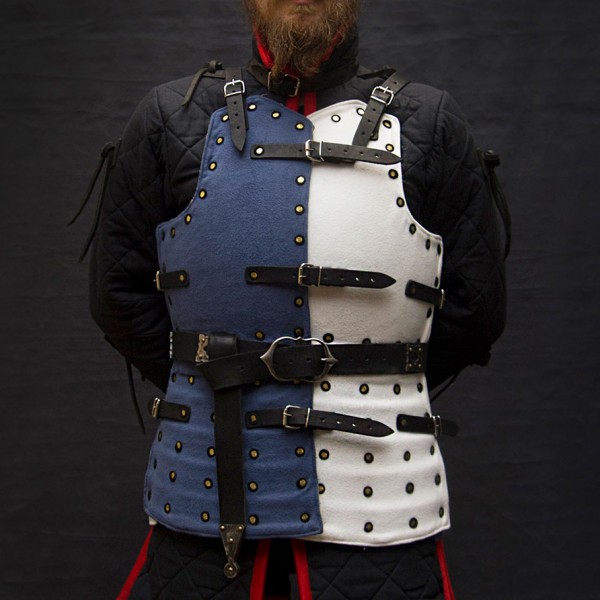
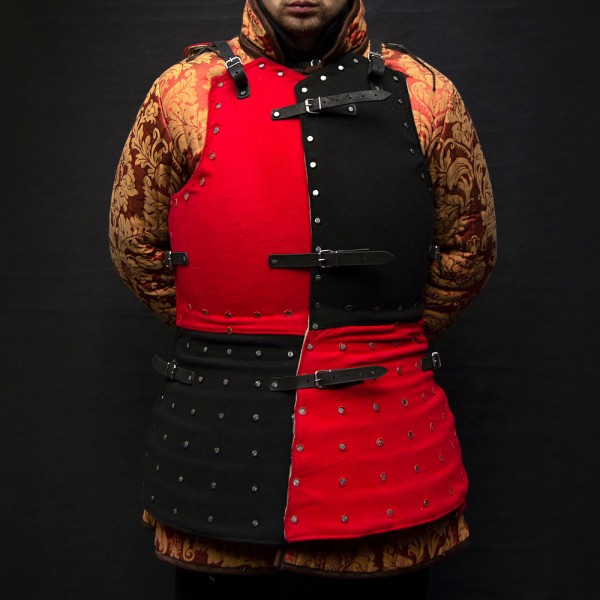
 Shop
Shop